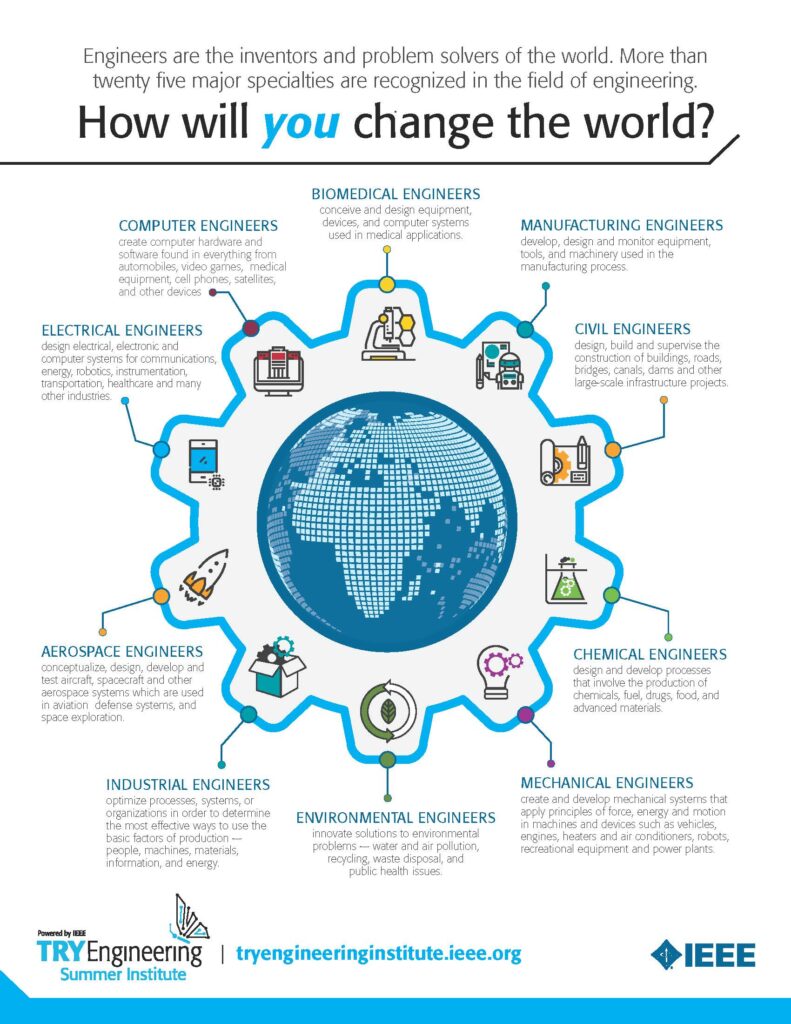Game development requires both software and hardware tools to bring the vision to life. High-performance computers and virtual reality headsets are essential hardware tools. Game engines, 3D modeling software, audio software, and project management tools are software tools that help streamline game development processes, increase workflow, and make collaboration easier. Developers use these tools to create immersive and enjoyable gaming experiences. The tools used in game development are constantly evolving, with new technologies like machine learning and artificial intelligence being integrated into games to make them more realistic and engaging.
Behind the Scenes: Exploring the Software and Hardware Tools Used in Game Development
The world of video games is a vibrant, fast-paced industry that has been attracting passionate professionals and beginners alike. But have you ever wondered what it takes to make a video game? Behind every successful video game, there is a team of dedicated game developers working tirelessly to make it happen. Their job involves designing, programming, testing, and bringing the visual and audio elements to life. In this article, we explore the software and hardware tools used by game developers to create some of the most popular video games in the world.
Hardware Tools
The game development process requires more than just software; hardware tools play an essential role in bringing the vision to life. Often, developers leverage cutting-edge technology to make the experience seamless, immersive, and enjoyable for players. Below are a few essential hardware tools.
Computers and Laptops
The computer is the backbone of game development. Game development requires robust hardware, and developers need top of the line PCs or laptops with high-performance graphics cards, processors, and storage capabilities. These devices allow developers to run the most advanced game engines, 3D modeling tools, and animation software, making it easy to create and conceptualize the game. The higher the specs, the easier it is to handle complex projects, and the faster developers can render graphics for testing and feedback.
Virtual Reality Headsets
Virtual Reality (VR) headsets have become increasingly prevalent in the gaming industry, and game developers have been quick to adapt to this trend. VR headsets like the Oculus Rift and HTC Vive provide gamers with immersive gameplay experiences. With the rise of VR technology, developers can create games that delight the senses by fully immersing players into the gameplay experience.
Software Tools
The software tools used in game development are many and varied, from game engines that provide the infrastructure to build games, to 3D modeling software that helps bring the visuals of the game to life. Game development software tools are designed to help streamline the development process, increase workflow, and make it easier for developers to collaborate effectively. Some of the most common types of software used in game development are highlighted below.
Game Engines
Game engines provide developers with the infrastructure to build games. They provide the core technologies and tools that make it easier to build and deploy immersive 3D gaming experiences. Game engines like Unity, Unreal, and CryEngine make it easy for developers to focus on creating gameplay, rather than developing custom technologies from scratch. These engines offer a wide range of features, including physics engines, lighting systems, AI, and much more.
3D Modeling Software
3D modeling software is an essential part of game development, as it helps bring the visuals of the game to life. 3D modeling software like Blender, Autodesk 3ds Max, and Maya provide game developers with powerful features for creating lifelike models and animations. These tools help to create realistic game characters, objects, and environments. 3D modeling software is used to create intricate 3D models, complicated backgrounds and landscapes, and realistic game mechanics that bring the game to life.
Audio Software
Audio is a critical aspect of the game development process, and developers use audio software to create memorable sound effects, ambient sounds, and in-game music. Audio software tools like Logic Pro, Adobe Audition, and ProTools provide game developers with advanced features like noise reduction, compression, EQ, and much more. These tools help developers to create unique soundscapes that enhance the experiences of players and make the game memorable.
Project Management Tools
Game development is a complicated process that requires collaboration between different teams and departments. Project management tools like Trello, Asana, and Jira provide developers with the tools they need to collaborate effectively. These tools help developers to track progress, identify issues, and handle the complexities involved in the development process. Game development teams use project management tools to streamline the development process, manage deadlines, and, most importantly, launch the game on time and within budget.
Conclusion
The world of game development is vast, and the tools used to create these incredible video games are numerous. Developers leverage hardware tools like high-performance PCs and virtual reality headsets, while game engines, 3D modeling software, audio software, and project management tools make the development process easier. The tools used in game development are continually evolving, with new technologies like machine learning and artificial intelligence being integrated into games to make them more immersive and enjoyable.
